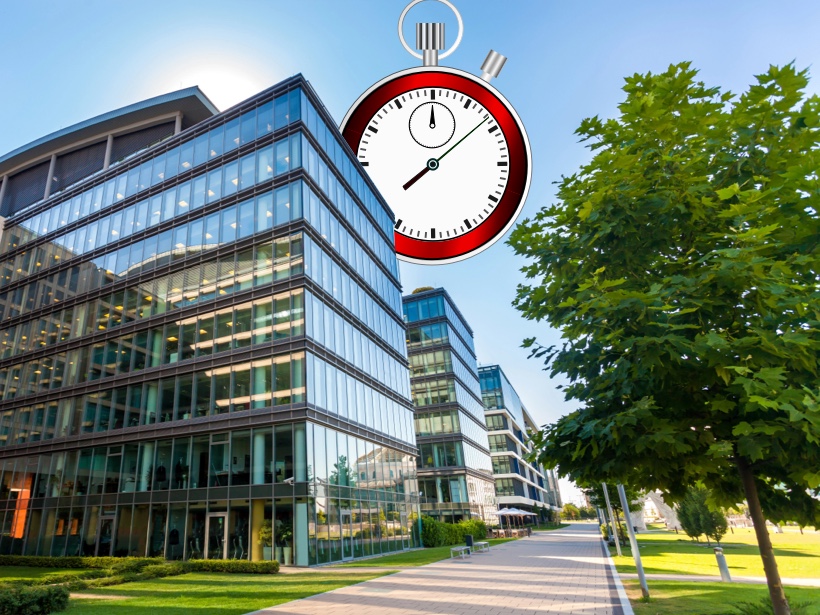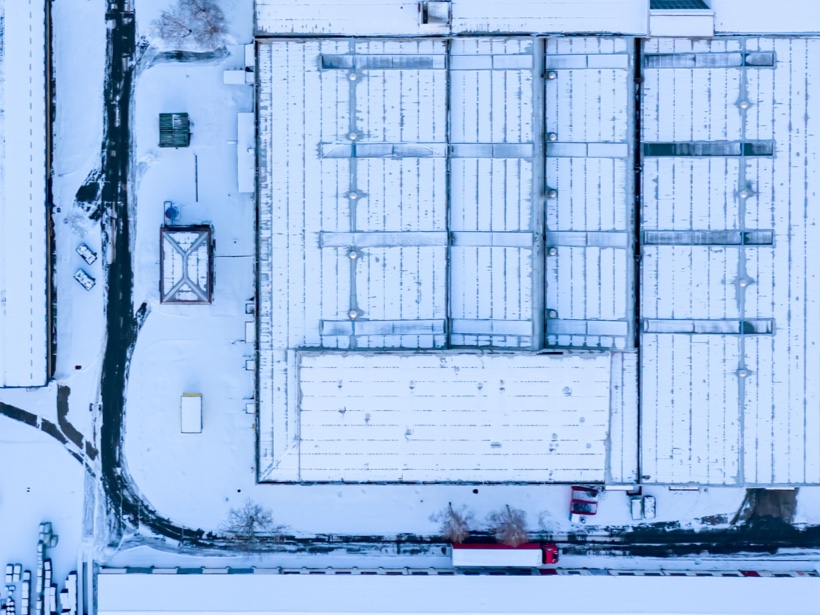
The roof of a commercial or industrial building represents a significant investment, both financially and structurally. But how long can a commercial or industrial roof last? The answer varies depending on several factors: the type of material, the climate, maintenance, and the quality of the installation.
In this article, we take a look at the average service life of the main types of commercial and industrial roofing the factors influencing their longevity and the best practices for maximizing their lifespan.
The average lifespan according to the type of roof
Here is an overview of the most commonly used materials for commercial and industrial roofing, along with their estimated lifespan:
Elastomeric membrane
Average lifespan: 25 to 30 years
Very popular in Quebec, the elastomeric membrane offers excellent resistance to freezing, UV rays, and moisture. It can last up to 30 years if properly installed and maintained.
Multi-layer asphalt and gravel roof
Average lifespan: 20 to 25 years
Durable and time-tested, this roof made of multiple layers of asphalt and gravel provides good protection against the elements, especially in cold climates.
Monolithic membrane (polyurea or polyurethane)
Average lifespan: 15 to 25 years
Applied hot or cold, this liquid membrane forms a seamless waterproof layer. Its durability largely depends on the application process and weather conditions.
EPDM (rubber membrane)
Average lifespan: 20 to 30 years
Flexible and weather-resistant, EPDM is ideal for flat roofs. It can last up to 30 years with proper maintenance.
TPO (thermoplastic membrane)
Average lifespan: 20 to 25 years
Offering good energy performance thanks to its reflective white surface, TPO is an excellent option in a sustainable development context.
PVC (polyvinyl chloride membrane)
Average lifespan: 20 to 30 years
Highly resistant to chemicals, this membrane is often used in industrial or commercial buildings exposed to contaminants.
Factors that influence the longevity of a commercial and industrial roof
Even a good material can wear out prematurely if certain factors are not taken into account:
Climate
Freezing, heavy snowfall, intense heat, and freeze-thaw cycles can shorten the lifespan if the roof is not suited to these conditions.
Quality of installation
A professional installation that meets standards ensures waterproofing and long-term performance.
Regular maintenance
Preventive maintenance helps avoid leaks, identify weaknesses, and carry out minor repairs in a timely manner.
Discover the benefits of preventive maintenance
Building structure
The slope, ventilation, and load-bearing capacity of the roof all influence the performance and durability of the chosen material.

How to extend the lifespan of your roof?
Here are the best practices recommended by our experts:
- Seasonal inspection (at least twice a year)
- Cleaning of drains and gutters
- Prompt repairs at the first sign of cracks, blisters, or leaks
- Maintenance logbook (useful for warranty purposes)
A profitable long-term investment
Extending the lifespan of your commercial or industrial roof means protecting your investment while reducing premature replacement costs. A well-maintained roof, installed by qualified professionals, can save you tens of thousands of dollars over 20 to 30 years.
At LK Toitures we’re with you every step of the way, from installation to maintenance and repair.


